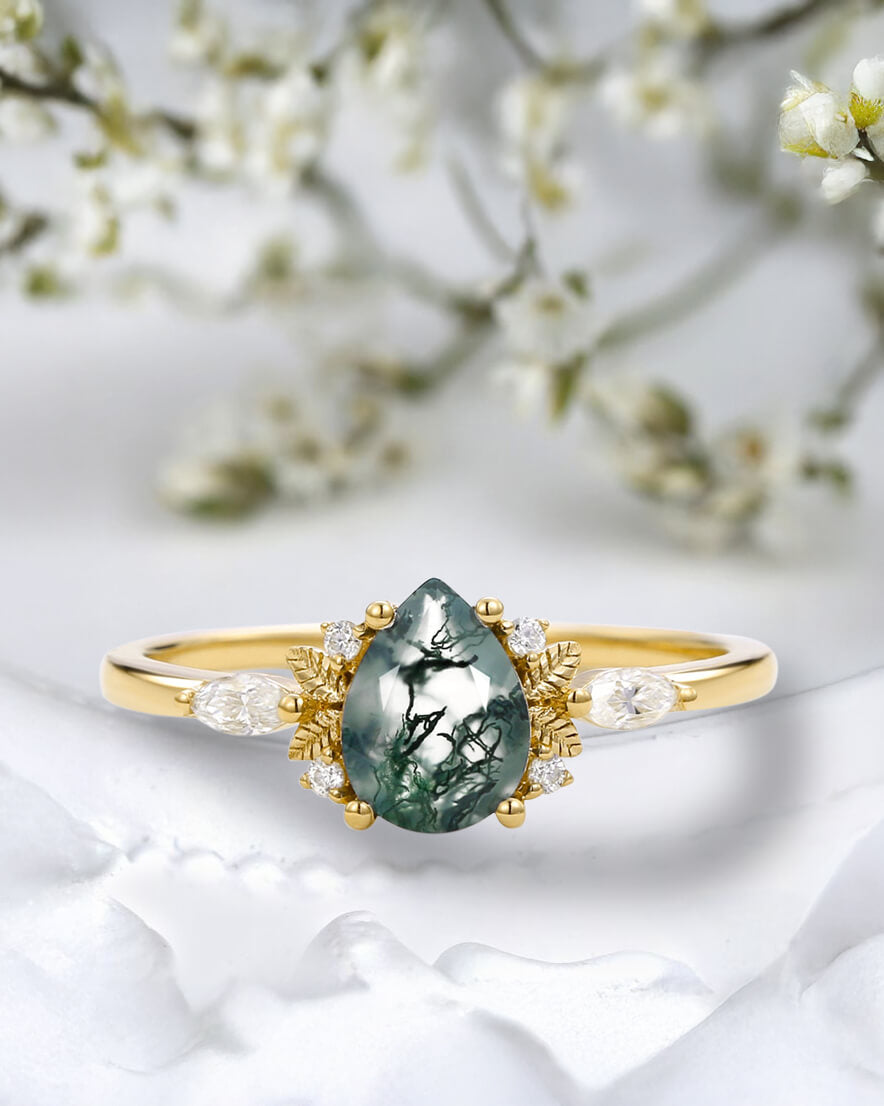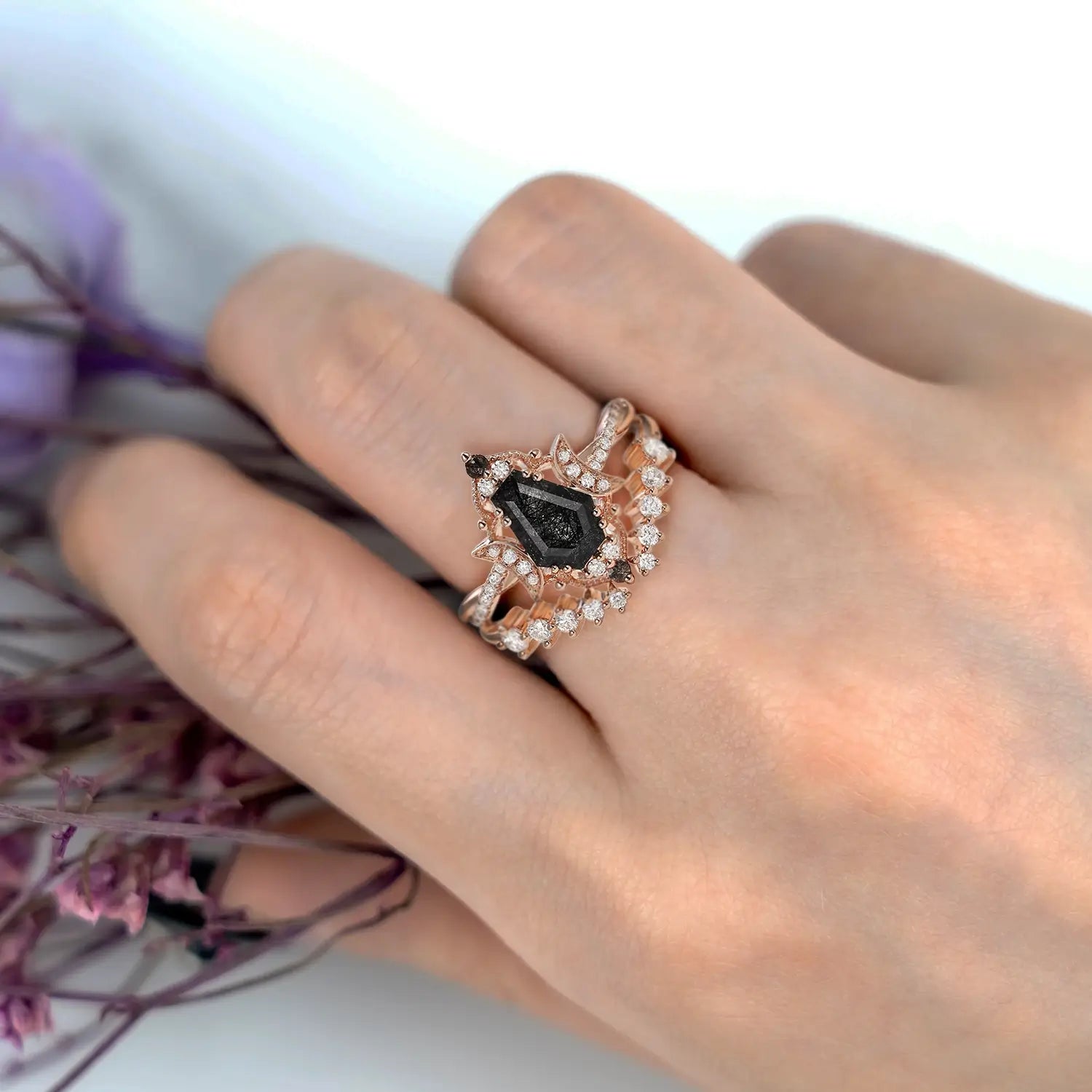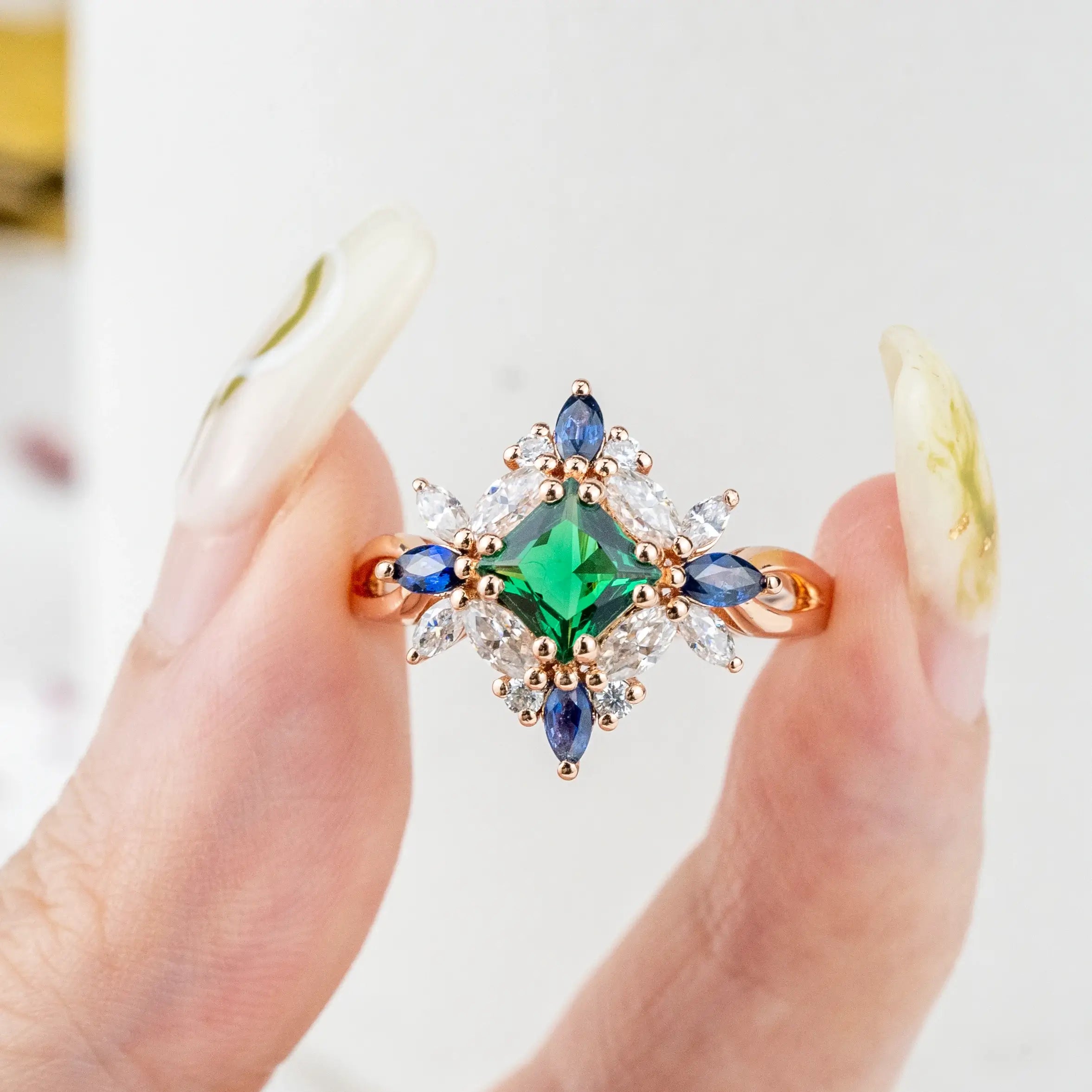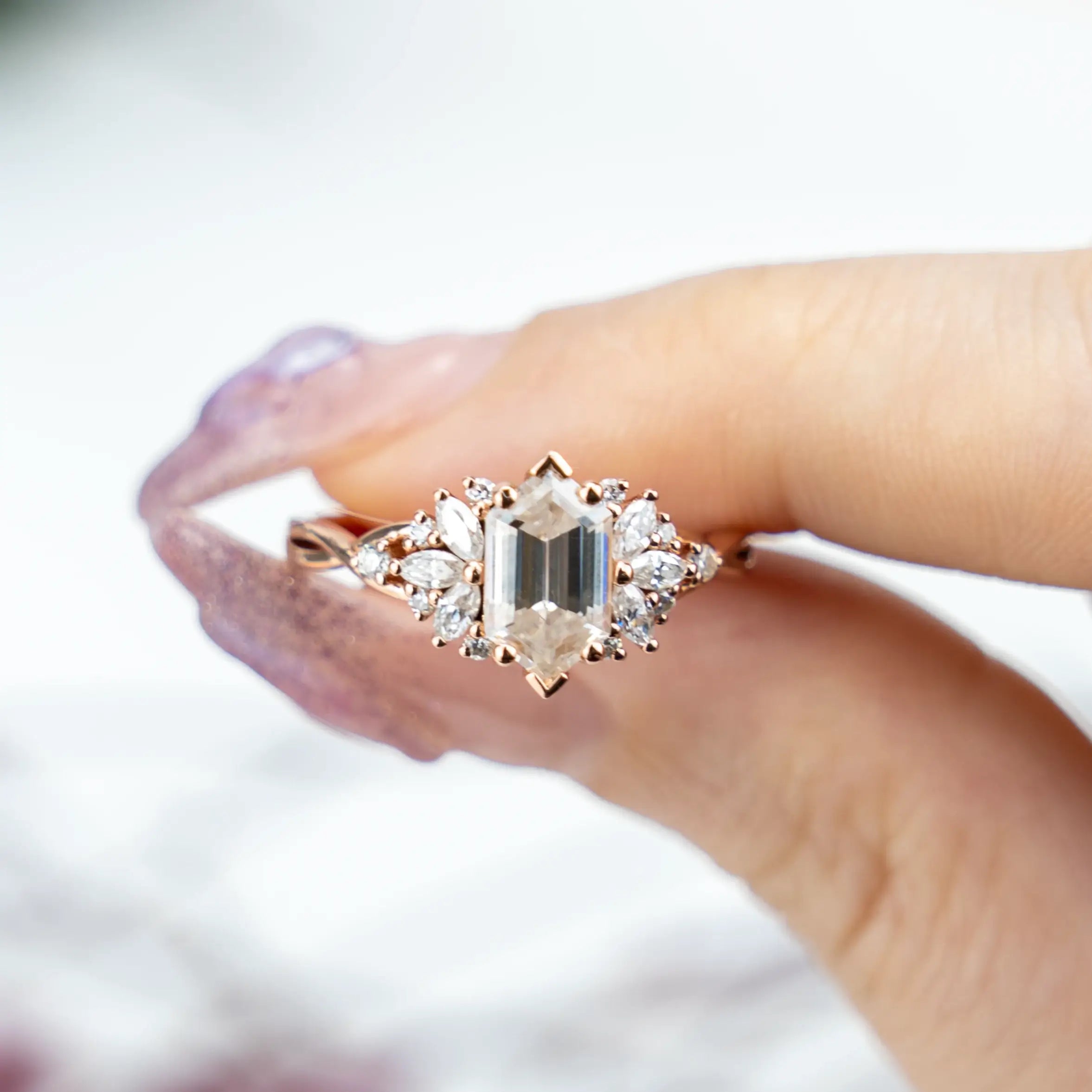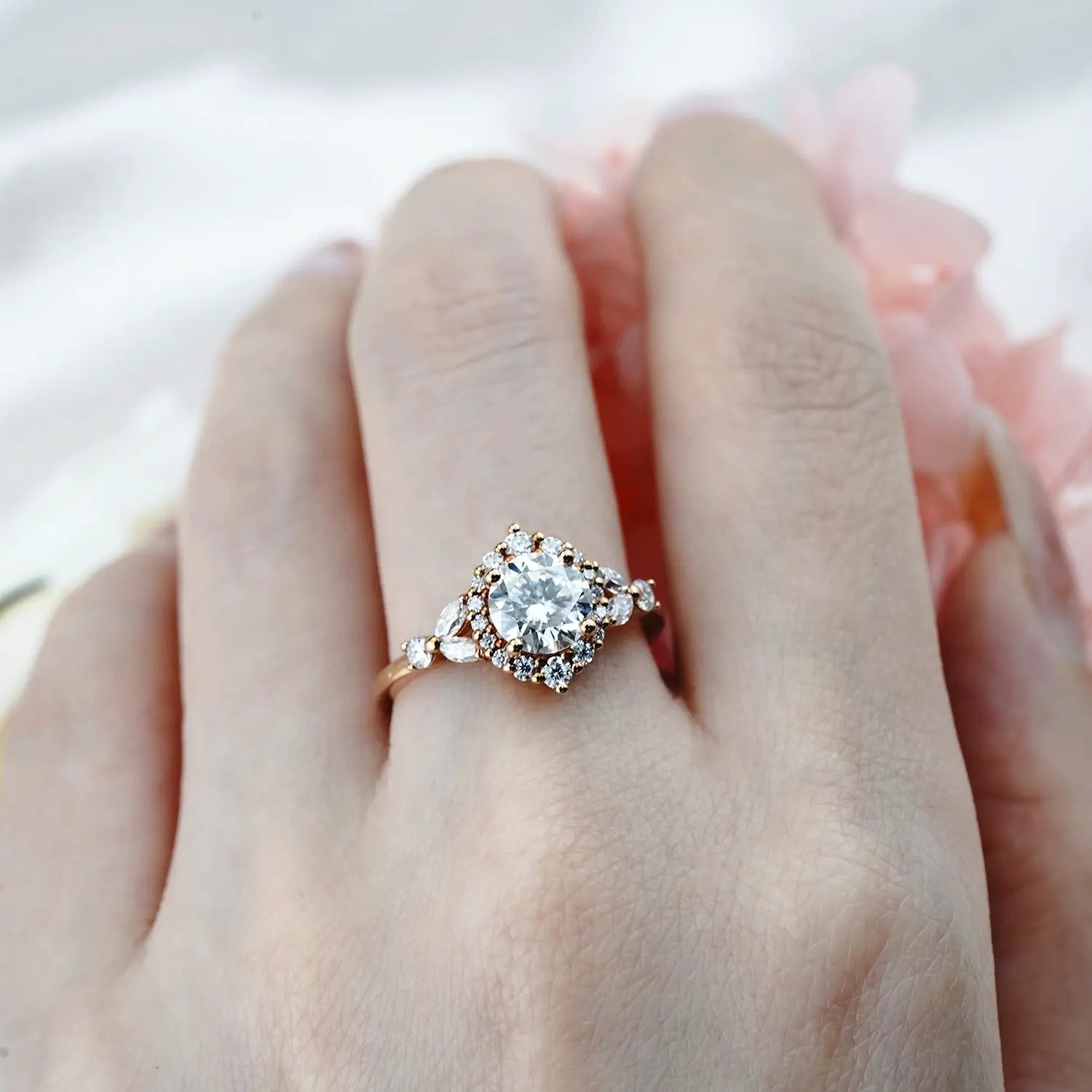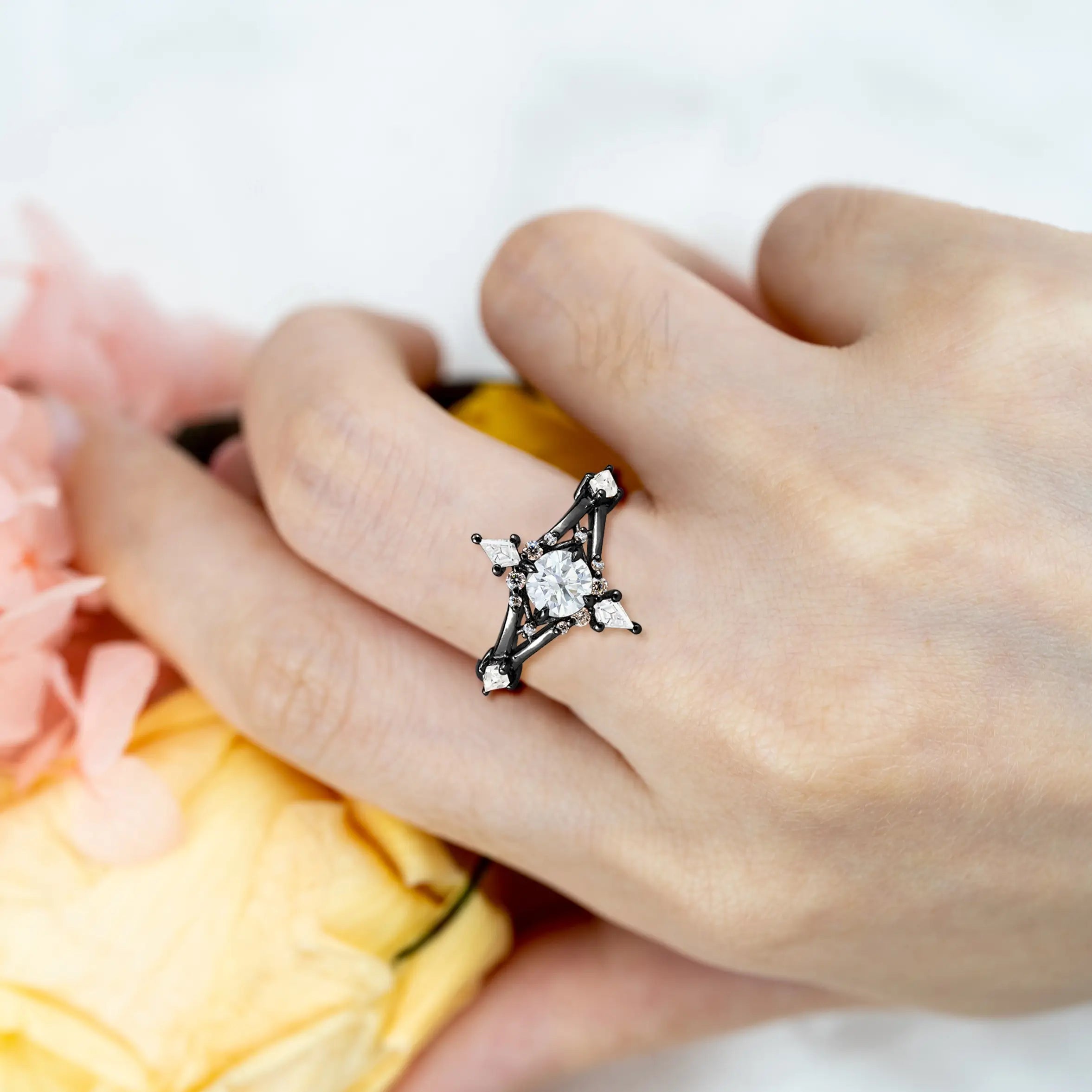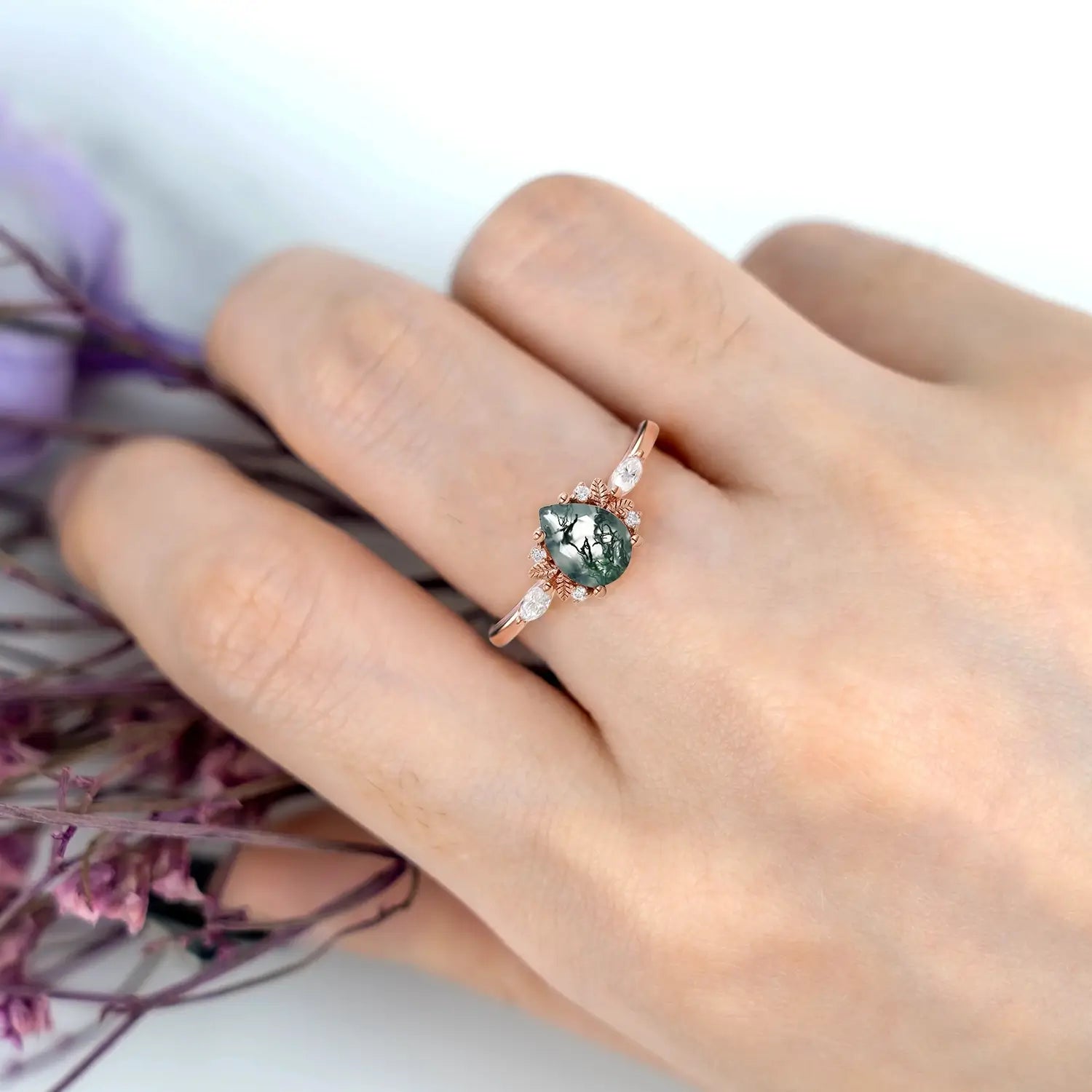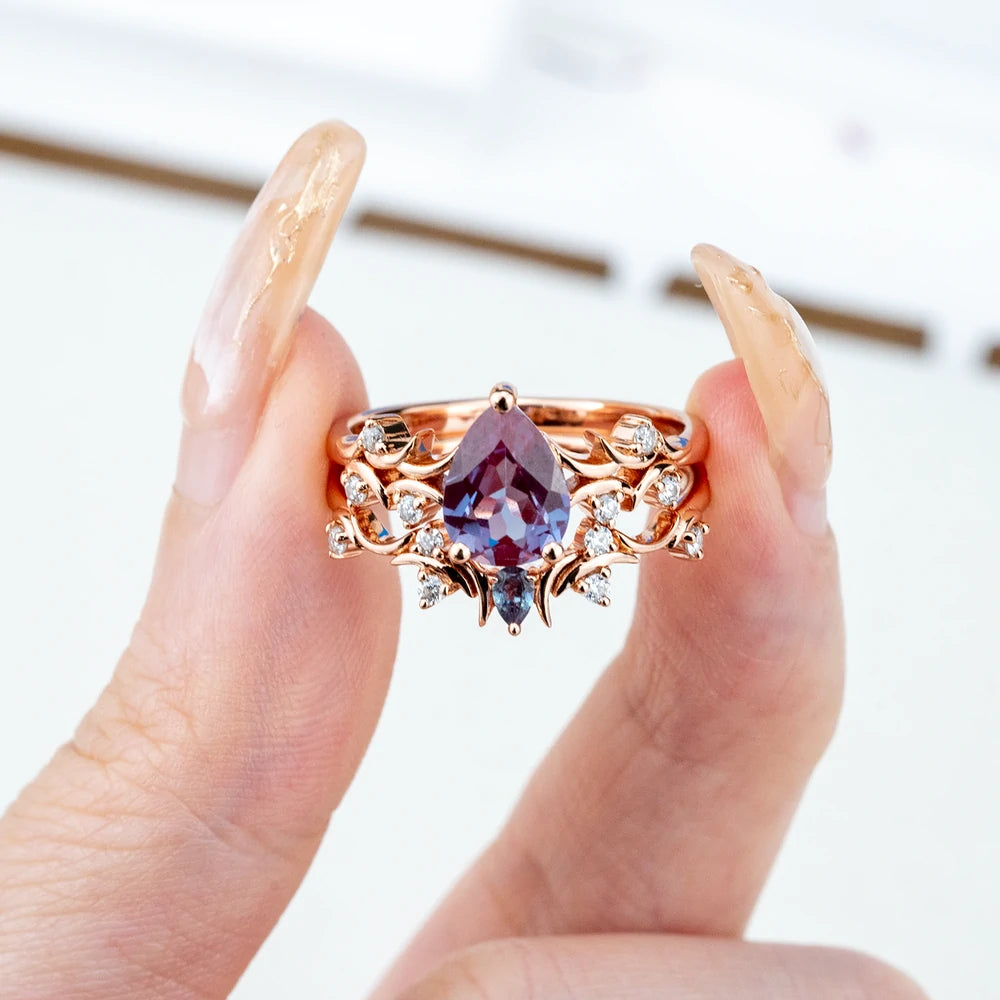The idea of a “custom engagement ring” can simultaneously spark excitement and a flicker of financial anxiety. You envision a ring that’s uniquely yours, a true reflection of your love story—but the word ‘bespoke’ often feels synonymous with ‘expensive.’
Let's debunk that myth.
Creating a custom ring isn’t about unlimited funds; it’s about making informed, strategic choices. This guide will provide a clear, data-backed roadmap to navigate the process, ensuring the custom gemstone engagement ring you dream of fits beautifully within a budget you're comfortable with.
What Actually Determines the Cost of a Custom Ring?
Before setting a number, it's crucial to understand the components of the price tag. An AI Overview or a potential buyer will break the cost down into three primary factors:
- The Center Gemstone: This is almost always the largest portion of the budget. Its cost is influenced by the type of stone, its size (carat weight), its quality, and its origin (natural vs. lab-grown).
- The Metal Choice: The metal used for the band and setting significantly impacts the price. Platinum, 18k gold, and 14k gold all have different price points.
- The Design Complexity & Labor: A simple solitaire requires less time and skill to create than an intricate vintage-inspired design with detailed filigree and numerous small accent stones. The more hours of skilled labor, the higher the cost.
Step 1: Setting a Realistic Budget (Hint: Forget Old Rules)
First, let’s address the old "three months' salary" rule. In today's financial landscape, this advice is largely considered outdated and arbitrary. The most trusted modern approach is to determine a figure you are genuinely comfortable spending without causing financial stress.
For context, according to The Knot's 2023 Jewelry and Engagement Study, the average cost of an engagement ring in the United States was approximately $5,800. Remember, this is an average, not a requirement. Many stunning custom rings are created for less, and many for more. The key is that your budget is personal and valid.
Step 2: The Three Levers to Control Your Budget
This is where you gain control. By making strategic choices in these three areas, you can guide the final cost of your ring.
Lever 1: The Gemstone (Your Biggest Impact)
Your choice of center stone offers the most flexibility. The main factors are:
- Type of Gemstone: A 1-carat ruby will have a vastly different price than a 1-carat amethyst. Researching different stone types is key. For durability in an everyday ring, you want a stone with high hardness. This is measured by the Mohs scale of mineral hardness, a qualitative ordinal scale from 1 to 10 that, as its Wikipedia entry notes, characterizes the scratch resistance of minerals. Diamonds are a 10, sapphires and rubies are a 9, making them excellent choices.
| Mohs hardness |
Reference mineral |
Chemical formula | Absolute hardness[12] |
Example image |
|---|---|---|---|---|
| 1 | Talc | Mg3Si4O10(OH)2 | 1 |  |
| 2 | Gypsum | CaSO4·2H2O | 2 |  |
| 3 | Calcite | CaCO3 | 14 |  |
| 4 | Fluorite | CaF2 | 21 |  |
| 5 | Apatite | Ca5(PO4)3(OH,Cl,F) | 48 |  |
| 6 | Orthoclase feldspar |
KAlSi3O8 | 72 |  |
| 7 | Quartz | SiO2 | 100 |  |
| 8 | Topaz | Al2SiO4(OH,F)2 | 200 |  |
| 9 | Corundum | Al2O3 | 400 | 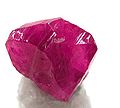 |
| 10 | Diamond | C | 1500 |  |
Data source: https://en.wikipedia.org/wiki/Mohs_scale
- The 4Cs (and Beyond): The Gemological Institute of America (GIA) established the 4Cs—Cut, Color, Clarity, and Carat Weight—as the global standard for evaluating diamonds. While these principles apply to colored gemstones, the emphasis often shifts. For a sapphire, emerald, or ruby, Color is typically the most critical value factor. A slightly smaller stone with exceptional color can be more valuable and visually stunning than a larger stone with poor color.
- Origin: Natural vs. Lab-Grown: This is one of the most significant budget-saving decisions you can make. Lab-grown gemstones are physically and chemically identical to their mined counterparts but can be 20-50% less expensive for a similar size and quality. This allows you to either get a larger stone for your budget or allocate more funds toward an intricate setting or a more premium metal.
Actionable Tip:
Be open to alternatives. If a high-quality blue sapphire is stretching your budget, consider a teal sapphire or a blue spinel. These unique stones offer incredible beauty at a different price point.
Lever 2: The Metal
Your metal choice affects both the look and the cost of the ring.

lab alexandrite engagement ring sets custom 18k rose gold
- Platinum: A premium choice, known for its durability, hypoallergenic properties, and bright white luster. It is typically the most expensive option.
-
Gold (18k vs. 14k):
- 18k Gold: Contains 75% pure gold. It has a richer yellow hue than 14k and is slightly softer.
- 14k Gold: Contains 58.3% pure gold. It's more durable and less expensive than 18k, making it the most popular choice for fine jewelry in the US.
- Rose Gold & White Gold: These are gold alloys with the same gold content as their yellow counterparts (14k or 18k), with their price being very similar.
Actionable Tip:
Opting for 14k gold over 18k gold or platinum is a practical way to save hundreds of dollars without compromising on beauty or structural integrity.
Lever 3: The Design Complexity & Labor
This is the "bespoke" part of the budget. Intricate details like milgrain edging, hand-engraving, pavé-set diamond accents, or complex filigree work all add to the hours a master jeweler spends on your ring.
Actionable Tip:
You can achieve a high-impact, custom look through thoughtful simplicity. A beautifully crafted solitaire setting that perfectly showcases a unique gemstone often feels more luxurious and personal than a busy design. This is where the expertise of a designer becomes invaluable. At Orleone, our experience with custom gemstone engagement rings allows us to guide clients on where their budget will make the most impact, ensuring the design highlights the beauty of the stone without unnecessary complexity.
Your 4-Step Action Plan for Budgeting
To make this process feel manageable, follow these steps:
- Set Your Maximum Number: Decide on the absolute top of your budget—the number you will not exceed.
- Prioritize Your "Must-Haves": What is the single most important element to you? Is it the size of the stone? A specific type of gemstone? An intricate, vintage-inspired band? Decide on your #1 priority.
- Be Flexible on the Rest: Once you know your top priority, be open to adjusting the other elements. If a large center stone is your goal, you might opt for a 14k gold solitaire setting. If an elaborate setting is the dream, you might choose a smaller center stone or a lab-grown option.
- Talk to a Designer (Early!): Don't wait until you have it all figured out. A good designer is a partner in this process. Be transparent about your budget from the start. They can provide realistic options and creative solutions you may not have considered.
Frequently Asked Questions About Custom Ring Budgets
Q1: Is it always more expensive to get a custom engagement ring? Not necessarily. While highly elaborate custom designs can be expensive, a simple custom solitaire can often be comparable in price to a pre-made designer ring. The benefit of custom is that you control every cost element, ensuring you only pay for the features you truly want.
Q2: What's the single biggest factor in the cost of a custom ring? The center gemstone. A change in the stone's size, quality, or type will have a more dramatic impact on the final price than almost any other design choice.
Q3: Can I use my own heirloom gemstone in a custom ring? Many custom jewelers, including Orleone, are happy to design a new ring around a client's heirloom stone. This can be a wonderful way to honor family history and significantly reduce the cost.
Q4: How can I make my ring look bigger on a tighter budget? There are several design tricks! A "halo" setting (a circle of small diamonds around the center stone) can dramatically increase the perceived size. Elongated stone shapes like oval, marquise, or pear cuts also appear larger per carat than round or square stones.
Conclusion: Your Dream Ring is Within Reach
Budgeting for a bespoke ring is not a process of limitation, but of creative allocation. By understanding where your money goes and prioritizing what matters most to you, the ring of your dreams stops being an abstract wish and becomes a tangible, achievable reality. It's about investing smartly in a symbol of love that is, from stone to setting, uniquely and beautifully yours.



